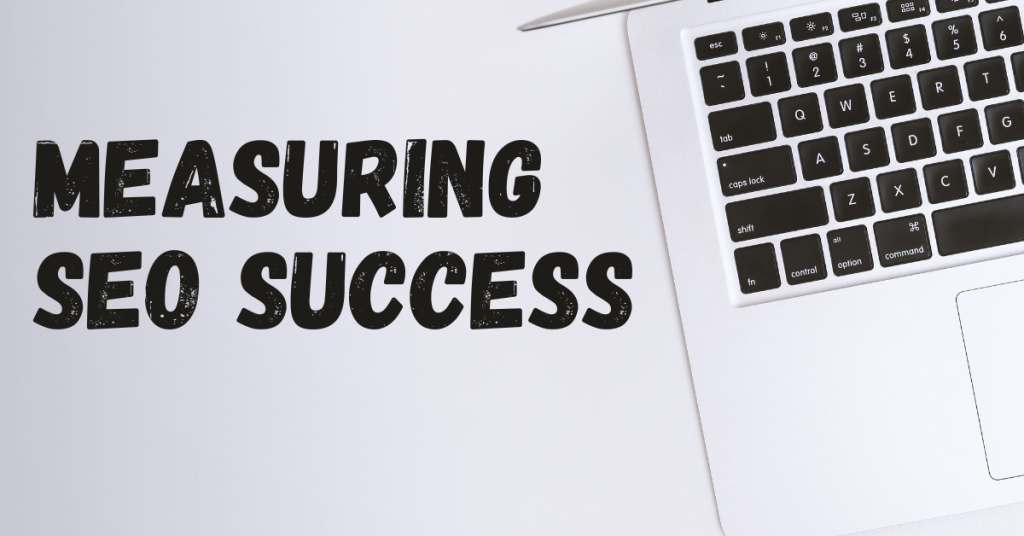Measuring SEO success is essential for understanding how well your website performs in search rankings. In the ever-evolving world of digital marketing, tracking the right SEO metrics helps businesses grow and stay ahead of competitors. But how do you measure the success of your SEO efforts? Many clients often ask, “How can I know if my SEO strategy is working?” The answer lies in tracking the right Key Performance Indicators (KPIs). At Sojib Pal, we emphasize data-driven SEO strategies that deliver measurable results. In this guide, we will break down the essential SEO KPIs every business owner should monitor.
1. Organic Traffic: The Foundation of SEO Success
Organic traffic refers to the number of visitors who land on your website through search engines like Google, without paid advertising. This metric is a direct reflection of your website’s visibility and ranking strength.
- How to Track: Use Google Analytics to monitor the number of organic visitors.
- Why It Matters: A steady increase in organic traffic indicates improved search rankings and higher brand exposure.
- Pro Tip: Optimize your content with relevant keywords to enhance discoverability. Need help? Visit Sojib Pal’s SEO Services.
2. Keyword Rankings: Your Position in Search Results
Your SEO success is heavily dependent on measuring SEO success through accurate keyword tracking and performance analysis
- How to Track: Use tools like Google Search Console, Ahrefs, or SEMrush to monitor keyword performance.
- Why It Matters: Higher rankings mean more visibility, leading to increased organic traffic.
- Pro Tip: Regularly update your content and build high-quality backlinks to maintain strong rankings.
3. Click-Through Rate (CTR): Are Users Clicking on Your Site?
CTR measures the percentage of people who see your website in search results and actually click on it.
- How to Track: Google Search Console provides CTR data for each keyword.
- Why It Matters: A low CTR could mean your meta titles and descriptions need optimization.
- Pro Tip: Write compelling, keyword-rich meta titles and descriptions to boost clicks. Sojib Pal can assist with strategic on-page SEO improvements.
4. Bounce Rate: Are Visitors Staying or Leaving?
Bounce rate is the percentage of visitors who leave your website after viewing only one page.
- How to Track: Google Analytics provides bounce rate data for individual pages.
- Why It Matters: A high bounce rate may indicate poor content quality or a bad user experience.
- Pro Tip: Improve page load speed, enhance readability, and add engaging visuals to reduce bounce rate.
5. Conversion Rate: Turning Visitors into Customers
Conversion rate is the percentage of users who complete a desired action, such as filling out a contact form, subscribing to a newsletter, or making a purchase.
- How to Track: Set up conversion tracking in Google Analytics.
- Why It Matters: SEO is not just about traffic; it’s about driving valuable leads and sales.
- Pro Tip: Optimize landing pages with strong CTAs and user-friendly designs.
6. Backlink Quality: The Power of Authority Links
Backlinks (links from other websites to yours) are a major ranking factor for SEO success.
- How to Track: Use Ahrefs, Moz, or SEMrush to analyze your backlink profile.
- Why It Matters: High-quality backlinks signal authority and trustworthiness to search engines.
- Pro Tip: Focus on acquiring links from reputable websites within your industry. Learn more about backlink strategies.
7. Page Load Speed: Fast Websites Rank Better
Google prioritizes websites that load quickly, as slow sites frustrate users.
- How to Track: Use Google Page Speed Insights.
- Why It Matters: A slow website can lead to higher bounce rates and lower rankings.
- Pro Tip: Optimize images, enable caching, and use a fast hosting provider.
8. Mobile-Friendliness: SEO in the Mobile Era
With mobile searches dominating the internet, your website must be optimized for mobile devices.
- How to Track: Use Google’s Mobile-Friendly Test.
- Why It Matters: Mobile usability is a key ranking factor.
- Pro Tip: Use responsive design to ensure seamless browsing across all devices.
Conclusion
Measuring SEO success requires tracking the right KPIs, analyzing performance, and making continuous improvements to rank higher on Google. By focusing on organic traffic, keyword rankings, CTR, bounce rate, conversion rate, backlinks, page speed, and mobile-friendliness, you can ensure long-term growth.
Want to maximize your SEO results? Contact Sojib Pal for expert guidance and tailored SEO strategies.

